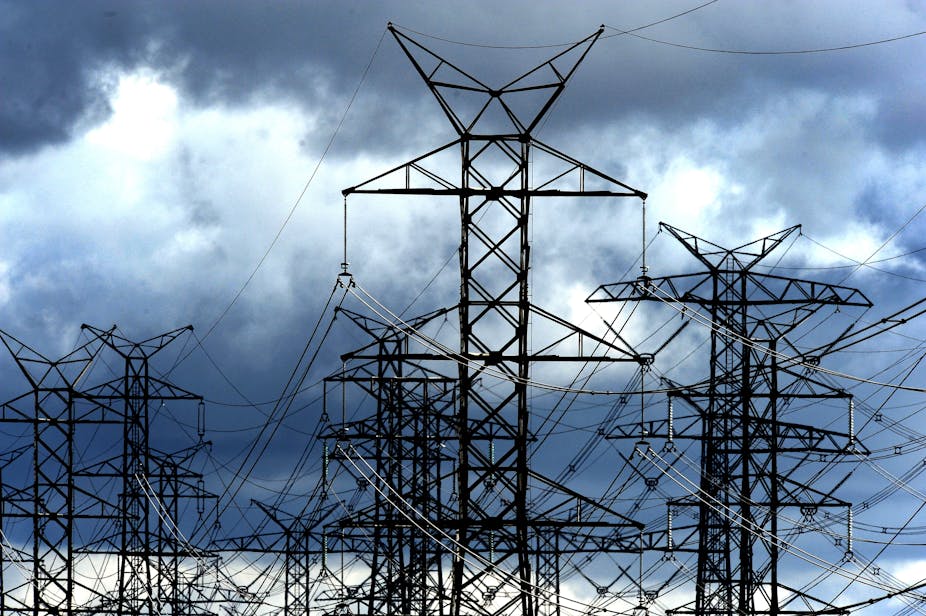As the political debate around rising power prices and the carbon tax heats up, there is a renewed debate around the privatisation of electricity distribution in New South Wales. With power prices sure to be a hot topic in the next federal election, it’s worth taking a broader look at the history behind the deregulation of Australian energy.
The mid-nineties saw State Government’s agree to privatise swaths of public infrastructure, including electricity, under pressure from the then Howard Government.
In each state, the generation, transmission, distribution and retail supply of electricity were separated and corporatised. Barriers to interstate trade were removed and open access to electricity networks established.
In preparation for privatisation, a pricing formula was set for the newly formed transmission and distribution corporations because they are “natural monopolies” and not subject to competition. Governments traditionally charged electricity rates that covered the actual costs of transmission and distribution and were accountable to the electorate for any dividends they squeezed out of the system.
However, without competition, private companies could theoretically charge whatever they wanted because electricity is an essential service and without competition the ratepayer would have no choice but to pay.
The pricing formula was supposed to ensure that the future privatised corporations would have a guaranteed return based on the value of their assets, thus ensuring they would have an incentive to invest in the infrastructure they owned. This was necessary because in a privatised electricity industry there would be no market mechanism to provide this incentive and no government planners deciding what maintenance and upgrades were necessary in the public interest.
The distribution corporations were in this way prepared for privatisation, which occurred in Victoria and South Australia. In NSW they remained in government ownership and for many years all efforts to privatise electricity was thwarted by public opposition.
However, public opposition in NSW has not stopped successive government attempts to privatise electricity and the 2011 privatisation of the retail sector, and the trading rights to the electricity generated, by an already unpopular Labor government prepared the way for the incoming Liberal government to privatise the generators.
Until the decision was made to privatise, price shocks to household consumers and retailers associated with fluctuating wholesale power prices in the national electricity market had been avoided in NSW because both retail and generation businesses were publicly-owned.
In addition the Independent Pricing and Regulatory Tribunal (IPART) has agreed to large electricity price increases in NSW since 2007 to facilitate the sale of the retail electricity sector and to compensate private retailers for the risks associated with an electricity market subject to price manipulation by electricity generating companies.
At the same time, the government-owned distribution corporations have taken advantage of the new pricing formulas to invest in assets and reap the profits intended for the private companies that would eventually buy them. This was a win-win-win situation for the NSW government. Not only has it been able to get large dividends from these corporations but the resultant rise in electricity costs will make the corporations very attractive to private buyers when they are finally sold, creating a huge one-off inflow of money for the government.
What is more, the rising cost of electricity distribution is creating public dissatisfaction with government ownership, eroding the opposition to privatisation. Once sold, the private companies will reap the returns always meant for them, and the price rises leading up to the sale will be blamed on government inefficiencies rather than privatisation.
So now we are in a situation where the federal government is blaming the state governments for electricity price rises, and in particular, the “gold-plating” of the network of poles and wires, and advocating privatisation as the solution. And they are being cheered on by a chorus of vested interests. At the next election the NSW public will have a choice between a party that privatised the electricity retailers and a party that privatised the generators. Not really a choice at all.
Yet if the Liberals win they will undoubtably claim a mandate to go ahead with privatising the poles and wires.

